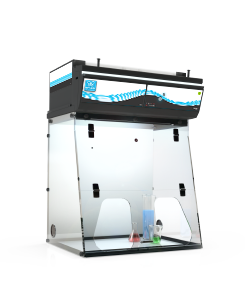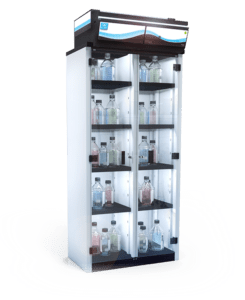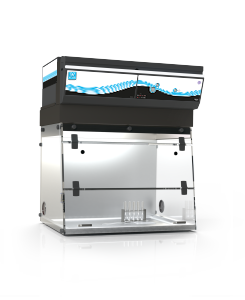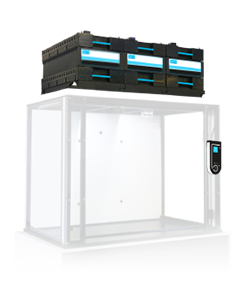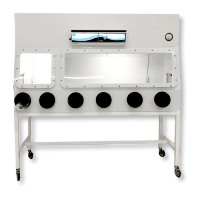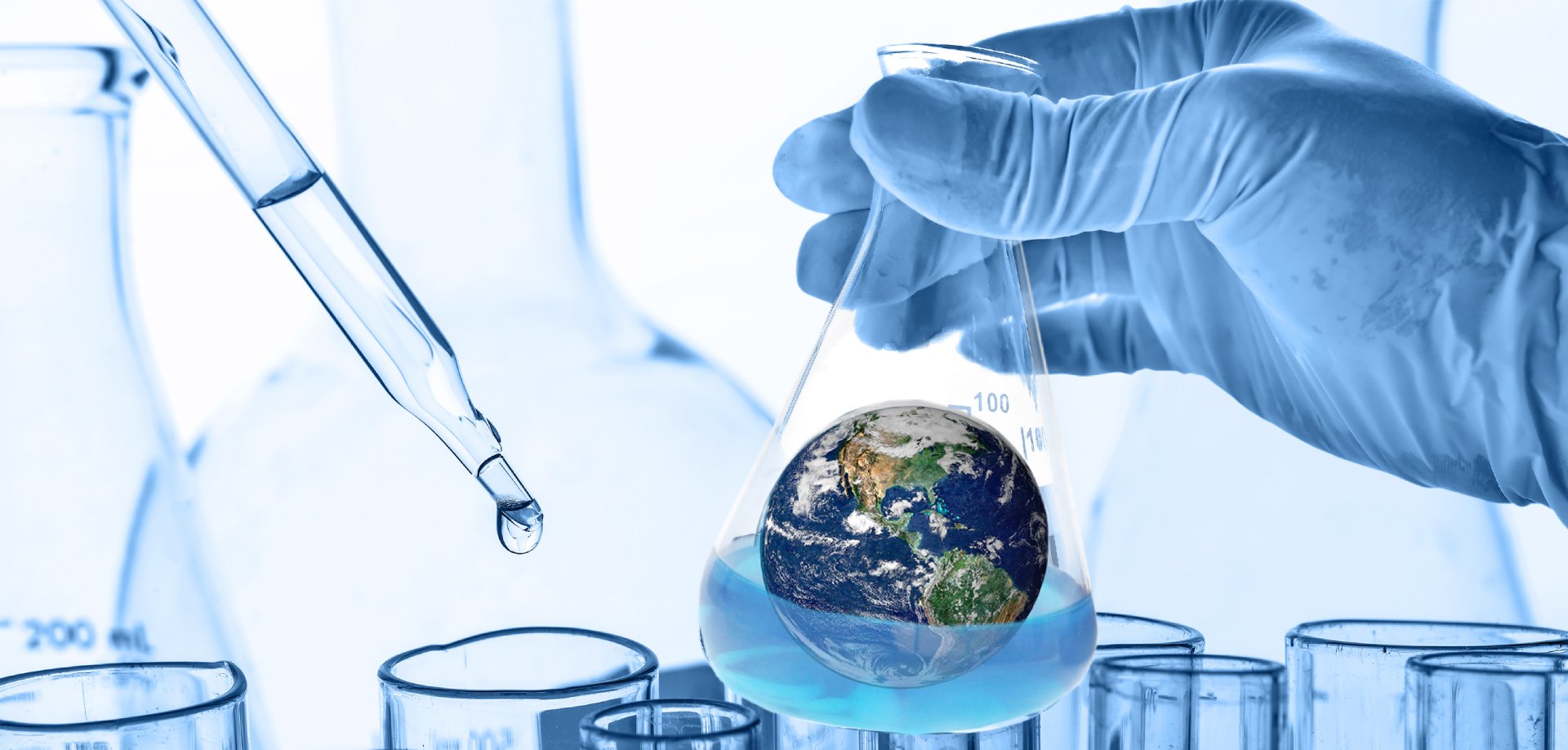Reaching net zero requires your laboratory to balance the amount of greenhouse gases it emits with the amount it removes. When what you add is no more than what you take away, you reach net zero. This state is also known as carbon neutral.
Climate change is a global challenge, and the United States has been actively working to address it. Achieving net-zero emissions is a critical step in mitigating the impacts of climate change, reducing greenhouse gas emissions, and limiting global warming. Laboratories can contribute to the national effort by minimizing their carbon footprint and adopting sustainable practices.
The United States government has set ambitious climate goals, including the target of reaching net-zero greenhouse gas emissions by 2050. Laboratories play a crucial role in research, innovation, and technological advancements, and their commitment to net-zero emissions can support the nation’s climate goals and contribute to a sustainable future.
Many states and local jurisdictions in the United States have implemented regulations and policies to combat climate change and reduce emissions. Laboratories should be aware of the specific regulations in their state or locality and ensure compliance with emission reduction targets, energy efficiency requirements, and reporting obligations.
Benefits of achieving net zero
Federal Funding Opportunities: The U.S. government, through various agencies and programs, provides funding opportunities for research and development projects that align with sustainability and emissions reduction goals. Laboratories that demonstrate a commitment to net-zero emissions and contribute to clean energy innovation may have increased access to federal funding and grants.
Reputation and Stakeholder Expectations: Laboratories often collaborate with other institutions, industry partners, and stakeholders. Many stakeholders, including research sponsors, universities, and the public, have growing expectations for sustainable practices and environmental responsibility. Laboratories that prioritize net-zero emissions can enhance their reputation, attract collaborations, and strengthen stakeholder relationships.
Cost Savings and Efficiency: Adopting energy-efficient practices and renewable energy sources can lead to cost savings and improved operational efficiency for laboratories. Energy-saving measures, such as equipment upgrades, optimized processes, and building retrofits, can reduce energy consumption and utility expenses over time.
Health and Safety: Laboratories often handle hazardous materials and generate waste that can have environmental and health impacts. By striving for net-zero emissions, laboratories can implement measures to reduce hazardous emissions, properly manage waste, and improve overall health and safety standards.
In summary, laboratories in the United States should be concerned with achieving net-zero emissions to contribute to climate change mitigation, comply with federal, state, and local regulations, access funding opportunities, enhance their reputation, achieve cost savings, and prioritize health and safety. By taking proactive steps towards net-zero emissions, laboratories can align with national goals and make a positive impact on the environment and society.
Additional Resources:
Video – Your Path to Net Zero
Case Study – Carleton College
Case Study – Bristol Community College
Case Study – Framingham State University



